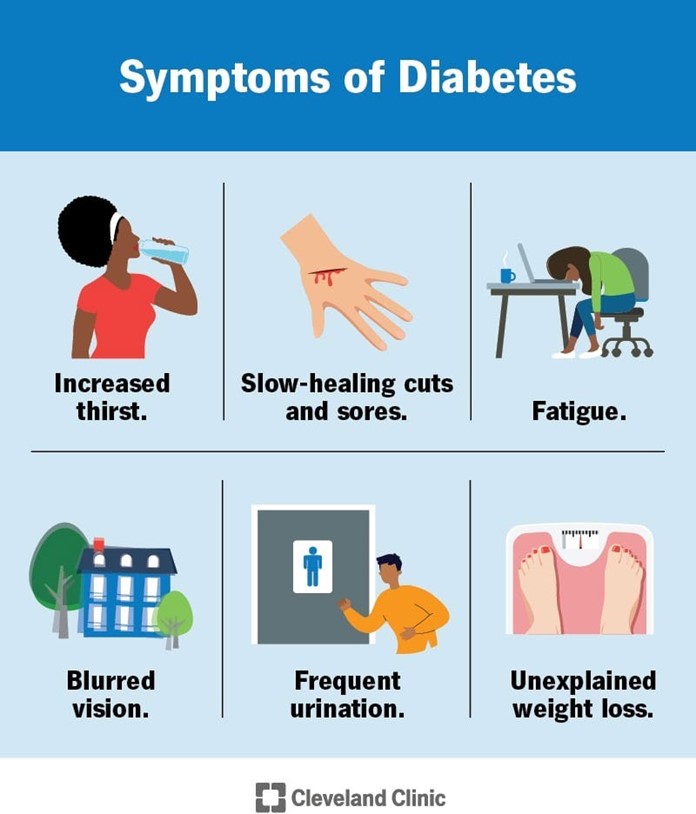A nurse is preparing to palpate a client's systolic blood pressure using the brachial artery. After applying the blood pressure cuff to the client's arm, identify the sequence of steps the nurse should follow. (Arrange the steps, placing them in the order of performance. Use all the steps.)
Palpate the brachial pulse site.
Discontinue palpation of the brachial pulse.
Inflate the blood pressure cuff to 30 mm Hg beyond where the brachial pulse was last felt.
Deflate the blood pressure cuff slowly until the brachial pulse is detected.
The Correct Answer is A, C, B, D
First, the nurse should palpate the brachial pulse site to locate the artery. Next, the nurse should inflate the blood pressure cuff to 30 mm Hg beyond where the brachial pulse was last felt. The nurse should then discontinue palpation of the brachial pulse and deflate the blood pressure cuff slowly until the brachial pulse is detected. This is the point at which the systolic blood pressure can be read.

Nursing Test Bank
Naxlex Comprehensive Predictor Exams
Related Questions
Correct Answer is D
Explanation
A. Explain the techniques of esophageal speech.Although teaching esophageal speech is important, the use of an artificial larynx may be more immediately relevant and easier for the client to learn and use right after surgery.
B. Schedule a support session for the client.While providing emotional support is important, it is not the immediate priority. The client needs to understand how to communicate effectively after the laryngectomy.
C. Determine the client's reading ability.This may be relevant for assessing the client's ability to understand written instructions, but it is not as directly related to their immediate post-operative needs for communication.
D. Review the use of an artificial larynx with the client.This intervention is the priority because the client will need to know how to use an artificial larynx to facilitate communication after losing their natural voice. This understanding is critical for the client’s post-operative adjustment and ability to express themselves.
Correct Answer is C
Explanation
The correct answer is that the client can apply lotion to their feet if they avoid the area between their toes. Moisturizing the feet can help prevent dry skin and cracking, which are common problems for people with diabetes. However, it is important to avoid applying lotion between the toes, as this can create a moist environment that promotes the growth of fungus and bacteria¹.
Options a, b and d are not correct statements by the client that indicate an understanding of proper foot care for diabetes. Using a pumice stone to soften calluses on the feet, going barefoot just in the house and using a heating pad when feet are cold are not recommended practices for people with diabetes.

Whether you are a student looking to ace your exams or a practicing nurse seeking to enhance your expertise , our nursing education contents will empower you with the confidence and competence to make a difference in the lives of patients and become a respected leader in the healthcare field.
Visit Naxlex, invest in your future and unlock endless possibilities with our unparalleled nursing education contents today
Report Wrong Answer on the Current Question
Do you disagree with the answer? If yes, what is your expected answer? Explain.
Kindly be descriptive with the issue you are facing.
